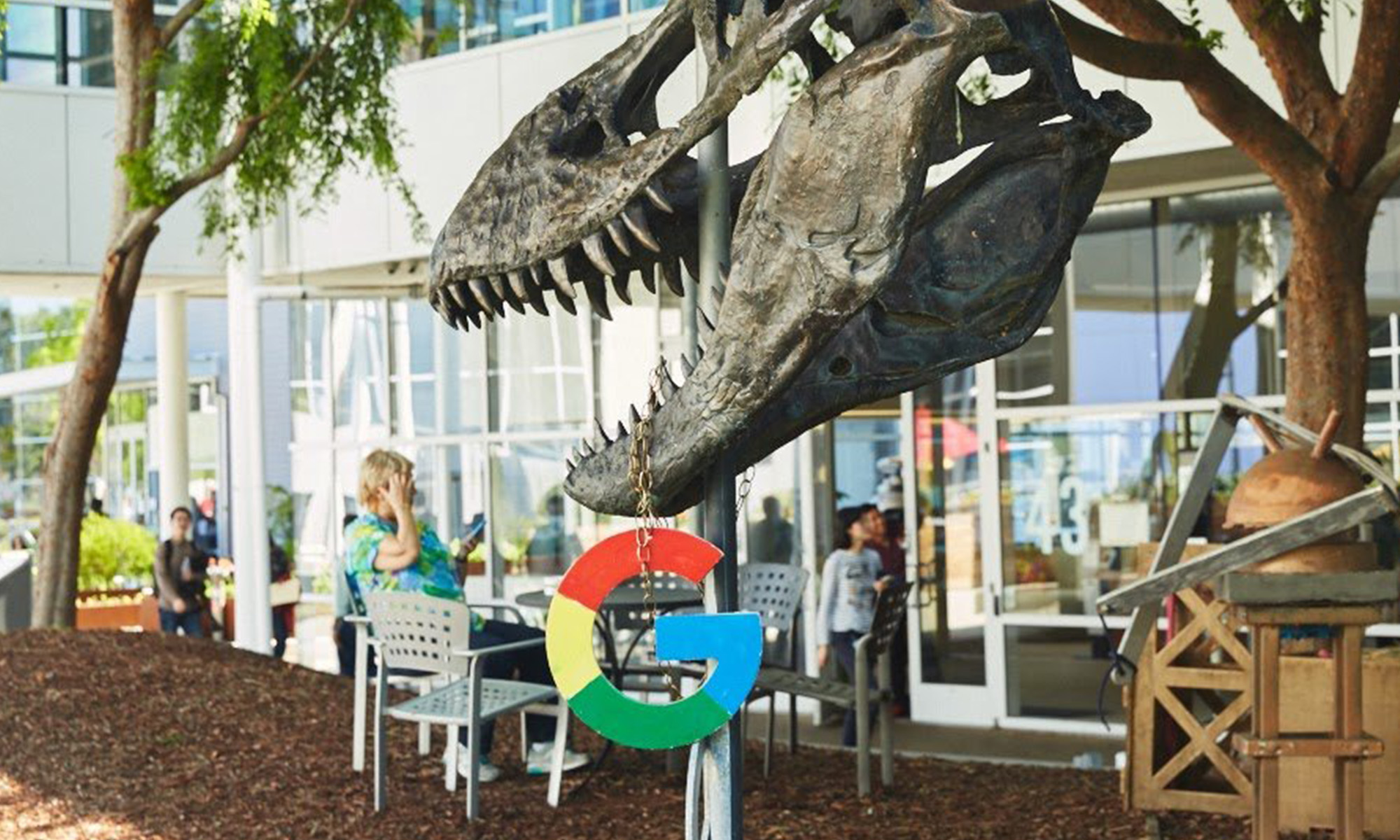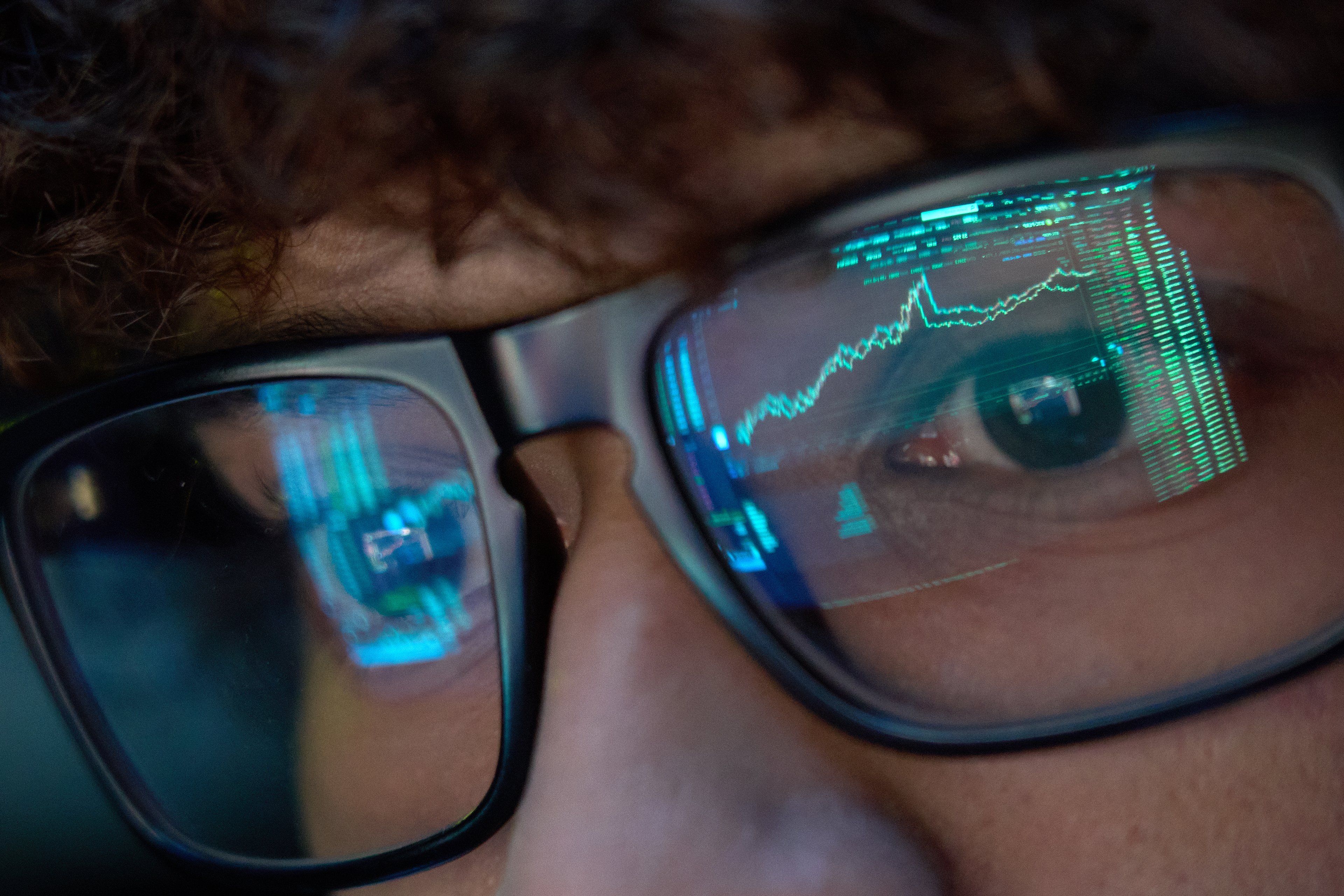Instagram is still a relatively small part of Facebook (FB 2.31%). The ad revenue from the photo-sharing app accounted for around 10% of Facebook's total revenue in 2017, based on separate estimates from eMarketer and Andy Hargreaves, an analyst at KeyBanc.
But Instagram is expected to become a much bigger part of Facebook in the very near future, quickly surpassing $10 billion in revenue as early as next year, according to some estimates. Hargreaves predicts Instagram will generate $22 billion in revenue in 2020. Ultimately, it's possible Facebook could generate more revenue from Instagram than Facebook.
Here are five reasons Instagram may end up being worth more than Facebook.

Image source: Instagram.
1. Millennials love it
Instagram appeals to more young users than Facebook. A recent Pew Internet survey found 72% of U.S. teens say they use Instagram, and just 51% say they use Facebook. Additionally, 15% say they use Instagram most often compared to just 10% who use Facebook most often.
The apps closest to Instagram in terms of their appeal to teens are Snap's Snapchat and YouTube, which falls under Alphabet's umbrella. Snapchat and YouTube are the most used social apps of 35% and 32% of U.S. teens, respectively.
Other surveys have had similar findings. Younger users, particularly in the United States, tend to favor Instagram and Snapchat over Facebook.
Having a young audience on Instagram appeals to brand marketers, which hope to make customers for life. Getting in front of younger users allows a brand to maximize the lifetime value of those customers.
2. Instagram engagement is through the roof
Instagram's audience is also highly engaged with the app. Instagram put out a report last year saying users under 25 spend an average of 32 minutes per day on the app. Those over 25 spend 24 minutes per day on average. It's not clear if Instagram was counting daily users or monthly users.
Earlier this year, Facebook revealed some data that allowed me to estimate the average daily user spends about 27 minutes per day, which appears to be right in line with Instagram's engagement.
As more users adopt features like Stories, which currently has around 300 million daily users, or filters and stickers, engagement will continue to climb. Snapchat, for example, boasts its users spend over 30 minutes per day on average. Leaked data indicate users were spending 35 minutes per day back in September last year.
3. Still a lot more users to add
Instagram's last update on its user count was about nine months ago, when it said it had 800 million monthly users and 500 million daily users. Prior to that it was adding 100 million new users every four to six months, so it shouldn't be long before Instagram announces 1 billion users. Hargreaves believes Instagram will end the year with over 1.1 billion users.
Facebook has 2.2 billion monthly active users. There's no reason Instagram won't eventually appeal to every Facebook user. As mobile internet access and connection speeds improve, the visuals-focused app will become more practical for users in emerging markets, where most of Facebook's continued growth is coming from.
Internet speeds may not even be the biggest limiting factor, as YouTube, which requires more bandwidth than Instagram, has 1.8 billion monthly users. There's clearly a lot of room for growth at Instagram.
4. The visual format is perfect for ads
The entire point of Instagram is to share beautiful images and interesting videos with friends. Photos also take up nearly the entire screen, while Stories are completely full-screen experiences. This format lends itself better to advertising than the mixed media on Facebook, even though Facebook is becoming increasingly visual.
YouTube has become a $15 billion business because it's able to show tons of high-value video ads. Facebook COO Sheryl Sandberg is extremely optimistic about ads in Stories. "We think [it's] going to be really powerful in the business of our clients," she said during Facebook's fourth-quarter earnings call.
5. Instagram users are still undermonetized
Most importantly, there's still a ton of room for Facebook to increase the number of ads users see in Instagram. Ads in Stories are just getting started, while ads within the feed aren't saturated. Comparatively, Facebook reached its maximum ad load nearly two years ago.
Putting more ads in the feed and in Stories will help Instagram increase its average revenue per user (ARPU). eMarketer expects Instagram's U.S. ARPU will increase from 40% of Facebook's ARPU last year to 86% of Facebook's ARPU by 2020.
With all the advantages of Instagram over Facebook, I expect Instagram's ARPU to surpass Facebook's sometime in the next decade. At that point, it might be a more valuable property than Facebook depending on how many more users it's able to attract.
Of course, the real value comes from Facebook owning both Instagram and Facebook, creating massive networks with highly engaged audiences, and using that data across its products to generate high returns on its invested capital. That's what makes Facebook a dominant force in digital advertising, and Instagram is going to make sure it stays that way.









